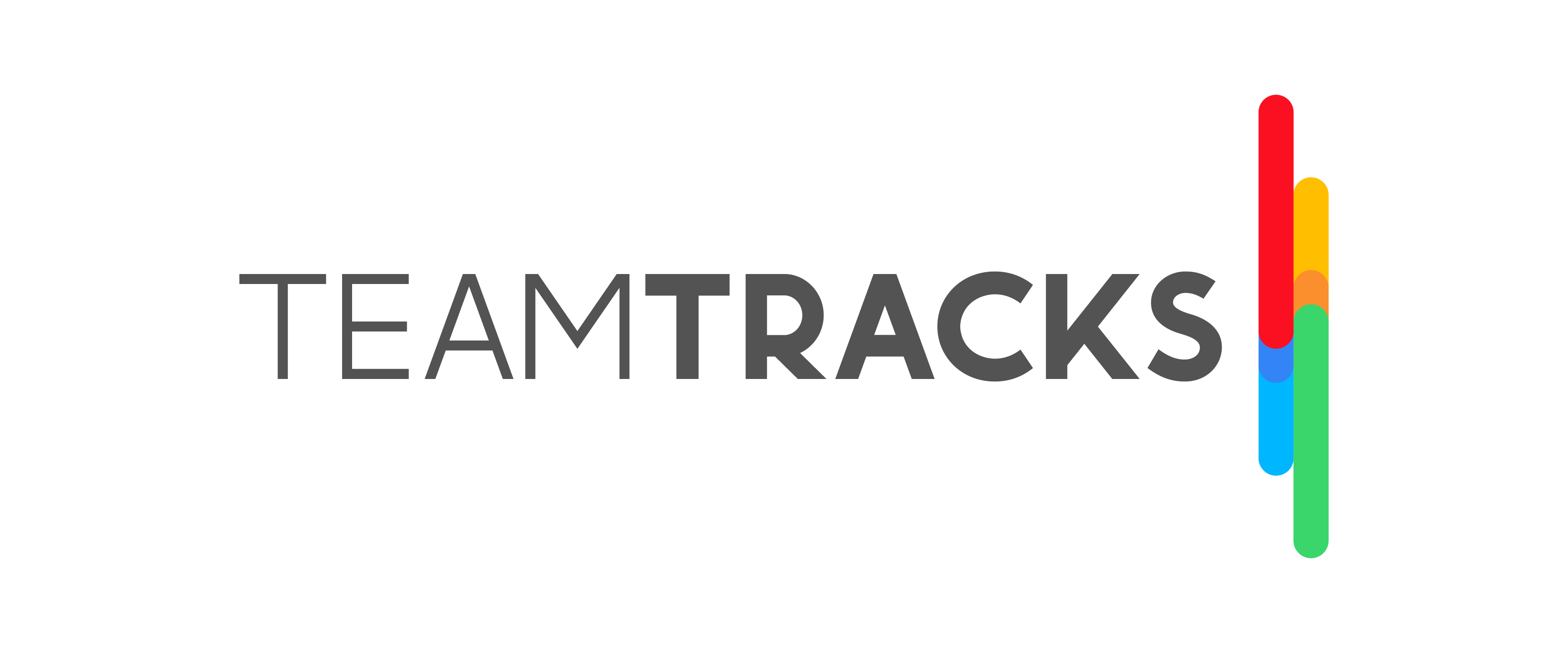Roles
Roles enable role-based access to data for team members and even clients. A role is given access to the various tracks used by the team.
For each track, the role specifies what data can be seen and what data can be edited. This provides full role-based access to focus work on operational roles and provide accountability. Roles can be wide open with full access or detailed down to the field level.

Team Members
Easily specify which team members are in a specific role.
A role has one or more team members to make management of roles easier. A team member may be in several roles.
Try Out TeamTracks
Are you ready to experience TeamTracks in action?
Sign up for a trial.
Initiate Your Free Trial
Accessible Tracks
For each track available to the role, you can easily specify which lists can be run by the role.
This focuses work as lists are the gateway to accessing the objects of the tracks.
Accessible Views
For each track, you can specify which display views and edit views defined for the track will be made available to the role.
This is how you can specify exactly what data can be seen and edited by the role. This also focuses work to team members’ operational roles. You can also specify if the role can add or delete records.
Talk to a TeamTracks Professional
Would you like to speak with us to find out if TeamTracks is right for your business? Our process management pros are here to answer your questions - no strings attached.
Talk to a TeamTracks Professional
Accessible Reports and Charts
For each track, you can specify which reports and charts defined for the role can be run by the role.
This is especially useful for client roles, giving access of only certain reports and charts to the customer.
Permitted State Changes
For each track, you can specify which state transitions can be done by the role.
Certain states can be made available only to specific roles—such as QA or Engineering for approval management.
